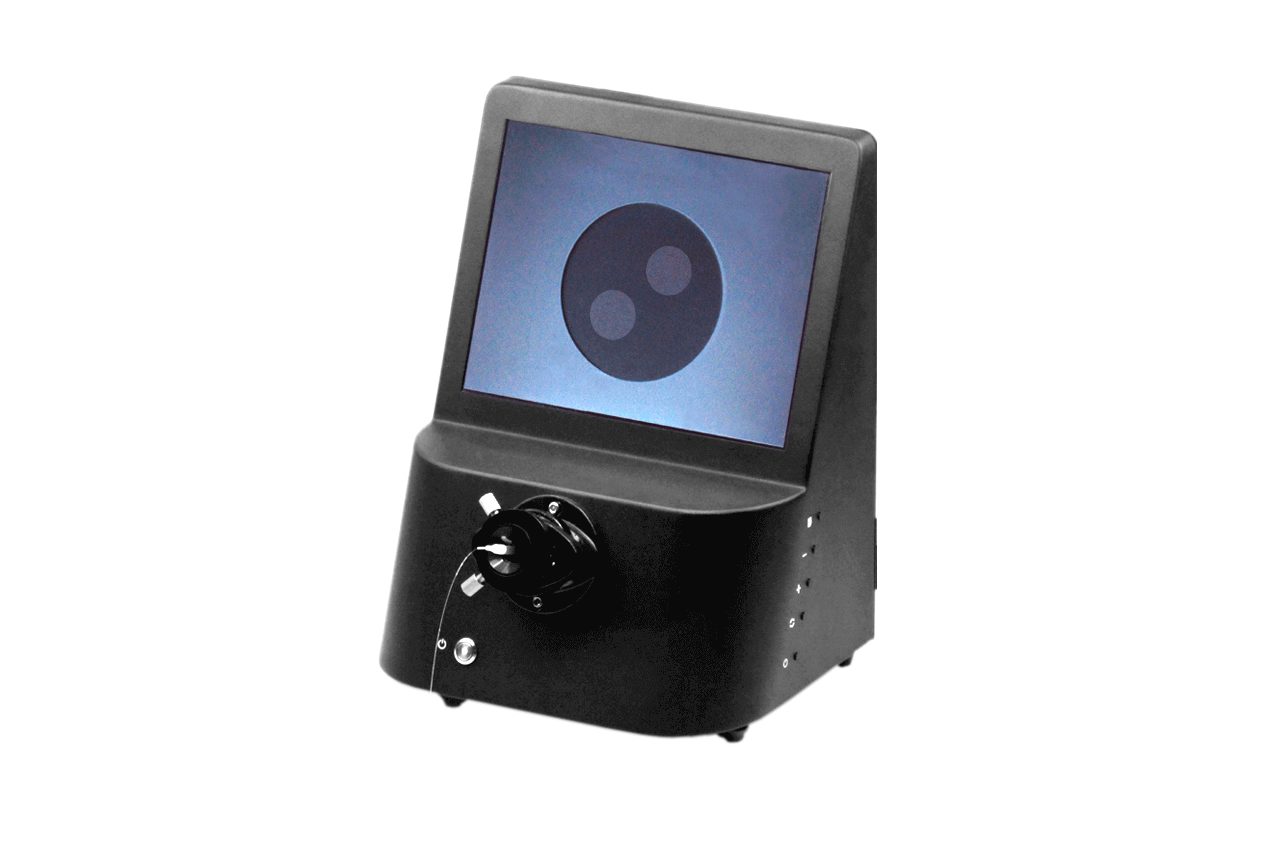
Please view our large selection of fiber optic connectors below. They use a mating adapter to mate the two connectors that fits the securing mechanism of the connectors (bayonet, screw-on or snap-in.) The ferrule design is also useful as it can be used to connect directly to active devices like LEDs, VCSELs and detectors. Most fiber optic connectors are plugs or male connectors with a protruding ferrule that holds the fibers and aligns two fibers for mating.

The connectors mechanically couple and align the cores of fibers so that light can pass. Mouser is an authorized distributor for many fiber optic connector manufacturers including Amphenol, Broadcom, CONEC, Glenair, Molex, Murata, Neutrik, TE Connectivity & more.įiber Optic Connectors are electrical connectors that terminate the end of an optical fiber, and enables quicker connection and disconnection than splicing. Higher-performing connectors offer dB savings that are more significant, measurable and consistent.Fiber Optic Connectors are in stock with same-day shipping at Mouser Electronics from industry leading manufacturers. The largest loss comes from the connector. The last thing you want to do is cause permanent transmitter damage-especially with higher-cost singlemode equipment.Īnother important point: Cable loss is typically the smallest contributor to system attenuation. Not only does mating cause poor performance because the fiber cores will not touch, but it can also destroy both connectors. Most optical fiber connectors are spring-loaded, so the fiber faces are pressed together when the connectors are mated. One thing that should be noted is that APC and UPC connectors cannot and should not be mated. Optical fiber connectors are used in telephone exchanges, for customer premises wiring, and in outside plant applications to connect equipment and fiber-optic cables, or to cross-connect cables. Future higher-speed passive optical networks and other WDM applications that will use higher wavelengths via singlemode fiber will also likely require the reduced return loss of APC connectors.
FIBER CONNECTOR PASSWORD
That is why we see APC connectors being used by most cable companies and other FTTX providers in outside plant applications.ĪPC connectors are also commonly used in passive optical applications (both GPONs and passive optical LANs) due to the fact that many of these systems also use RF signals to deliver video. Forgotten your password Not registered yet Create an account on My Lemo to follow up your orders, manage Favorites. For example, in higher optical wavelength ranges (above 1500 nanometers) like those used for RF video signals, reflected light can adversely impact the signal. Some applications are more sensitive to return loss than others they call for APC connectors.

Our FiberExpress Fusion Splice-On Connectors exceed standards when it comes to insertion loss.įiber Express Fusion Splice-On Connectors: Insertion Loss Fiber Typeįiber Express Brilliance Universal Connectors Fiber Type In fact, insertion loss on Belden’s FiberExpress connectors is the same for UPC and ACP singlemode connectors. Achieving low insertion loss is typically easier with UPC connectors due to less air gaps than APC connectors however, manufacturing techniques have improved significantly to create more precise angles on APC connectors and bring insertion loss closer to that of UPC connectors. Insertion loss is what we use to determine loss budgets. Remember, return loss is different than insertion loss, which refers to the amount of optical power lost through a connector or cable length. Industry standards recommend that UPC connector return loss should be -50 dB or greater, while APC connector return loss should be -60 dB or greater. This causes some differences in return loss, which is a measurement of reflected light that is expressed as a negative dB value (the higher the value, the better). The angled endface of the APC connector causes reflected light to reflect at an angle into the cladding vs. What does this difference mean in terms of performance? With UPC connectors, any reflected light is reflected straight back toward the light source. UPC connectors are blue while APC connectors are green. Another more obvious difference is color. UPC connectors are not exactly flat, however they have a slight curvature for better core alignment. APC connectors feature a fiber endface that is polished at an eight-degree angle UPC connectors are polished with no angle. The main difference between APC and UPC connectors is the fiber endface. Ever wonder what the difference is between ultra physical contact (UPC) and angled physical contact (APC) singlemode fiber connectors and which one to use? As usual, the answer is, “It depends.”


 0 kommentar(er)
0 kommentar(er)
